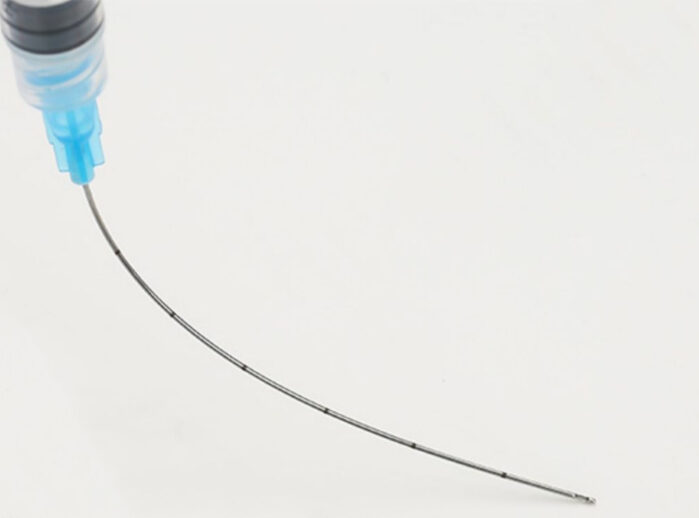Dermal fillers are becoming increasingly popular as a cosmetic treatment option, with many people seeking to rejuvenate their appearance by adding volume and smoothing out wrinkles. However, there are different ways to administer dermal fillers, and the choice of cannula or needle can have a significant impact on the effectiveness and safety of the procedure. In this blog post, we will explore the differences between cannulas and needles for dermal fillers, discuss the sizes and types of needle cannulas available, and provide guidance on how to use a needle cannula.
Needle vs. Cannula for Dermal Fillers:
Needles and cannulas are both used to administer dermal fillers, but they differ in several key ways. A needle is a sharp, pointed instrument used to puncture the skin and inject the filler directly into the targeted area. Cannulas, on the other hand, are blunt-tipped instruments with a small hole on the side that allows the filler to be distributed more evenly as it is injected into the skin.
Cannulas offer several advantages over needles, including a lower risk of bruising, less discomfort, and reduced downtime. This is because cannulas are less likely to damage blood vessels and nerves as they are inserted and moved through the skin. Additionally, cannulas can be used to treat multiple areas from a single insertion point, reducing the number of injection sites required.
Needle Cannula Sizes and Types:
Needle cannulas come in a range of sizes, typically measured in gauge (G) or millimeters (mm). Smaller gauge sizes indicate larger diameters, while larger gauge sizes indicate smaller diameters. The most common needle cannula sizes for dermal fillers range from 25G to 30G, with 27G being the most commonly used size. Needle cannulas can also be straight or curved, with curved cannulas providing greater flexibility and precision when treating curved areas of the face.
How to Use Needle Cannula:
When using a needle cannula for dermal fillers, it is essential to follow proper injection techniques to ensure optimal safety and efficacy. Here are some general guidelines on how to use a needle cannula for dermal fillers:
- Begin by selecting the appropriate size and type of needle cannula for the specific treatment area.
- Cleanse the area to be treated with an antiseptic solution and allow it to dry completely.
- Prepare the dermal filler according to the manufacturer’s instructions.
- Insert the needle cannula into the skin at a shallow angle and slowly advance it through the subcutaneous tissue.
- As the cannula is advanced, deposit small amounts of filler in a linear fashion to distribute the product evenly.
- Withdraw the cannula slowly, using gentle pressure to massage the treated area and distribute the filler.
- Repeat the process as necessary to achieve the desired results.
Conclusion:
In conclusion, the choice between using a cannula or needle for dermal fillers depends on several factors, including the treatment area, the patient’s individual needs, and the injector’s experience and preference. Needle cannulas offer several advantages over traditional needles, including reduced bruising, less discomfort, and fewer injection sites. When using a needle cannula, it is important to select the appropriate size and type and follow proper injection techniques to ensure optimal safety and efficacy. Always consult with a qualified medical professional for advice on the most appropriate dermal filler technique for your specific needs.








